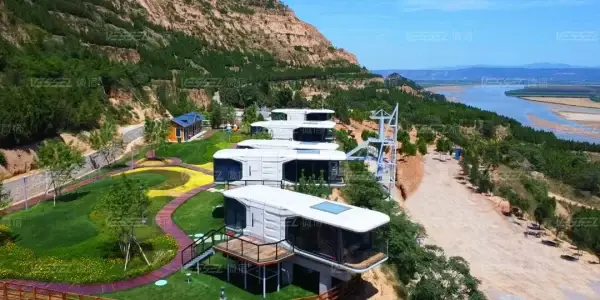1. Cost-Effective
Tiny homes are generally more affordable to purchase and maintain than traditional homes. They often have lower utility bills and reduced property taxes. The tiny house market is booming, with a forecasted increase of USD 4,171.33 million and a compound annual growth rate of 4.88% expected from 2022 to 2027. These affordable homes, typically priced between $10,000 to $30,000, are catching on globally – not just in the US, but also in Europe, the Middle East, and Africa. The benefits are clear: an eco-friendly footprint, cost savings, and a community made up of a diverse demographic including a good percentage of women and educated individuals.
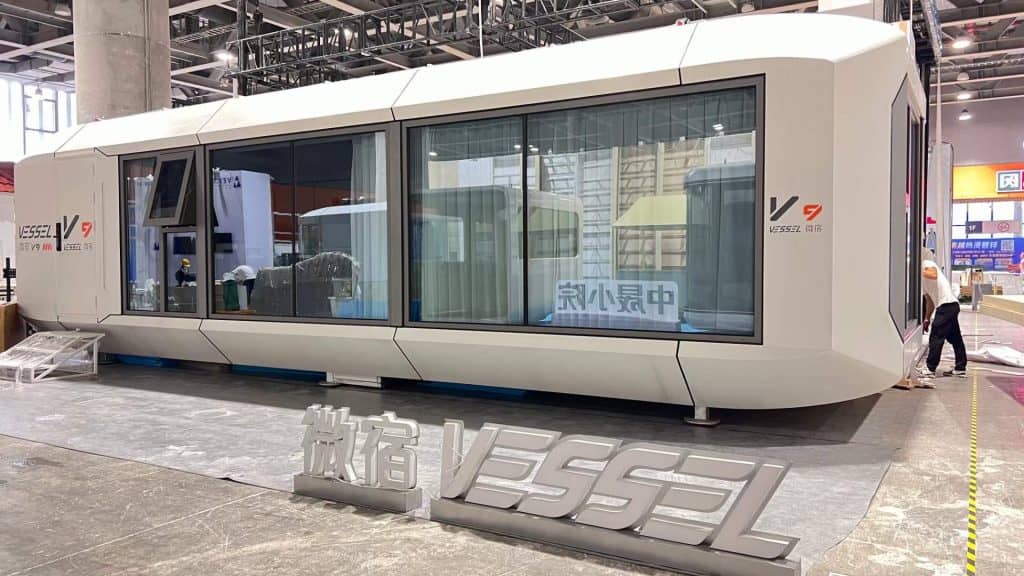
One of the greatest benefits of a tiny home is the cost savings. Because the space is so much smaller than the average house, you’ll have lower electricity bills, smaller monthly payments, and lower upkeep costs. On top of that, the house will cost less to buy upfront, or have lower rental payments.
The Tiny Life crunched some numbers and found that tiny houses are generally much more affordable than regular houses. The average regular-sized house has a $290,000 purchase price; but over 30 years, including the down payment, maintenance, and mortgage, a $290,000 house will end up costing a little more than $1 million. In contrast, The Tiny Life says that a tiny house costs between $10,000 and $40,000 over the same time span, on average.
Another large determining factor in the price of a tiny home is whether you choose to go DIY and build it yourself, or if you buy a “prefab” tiny house — which could easily make your home’s price higher than the $40,000 threshold.
2. Minimalist Lifestyle
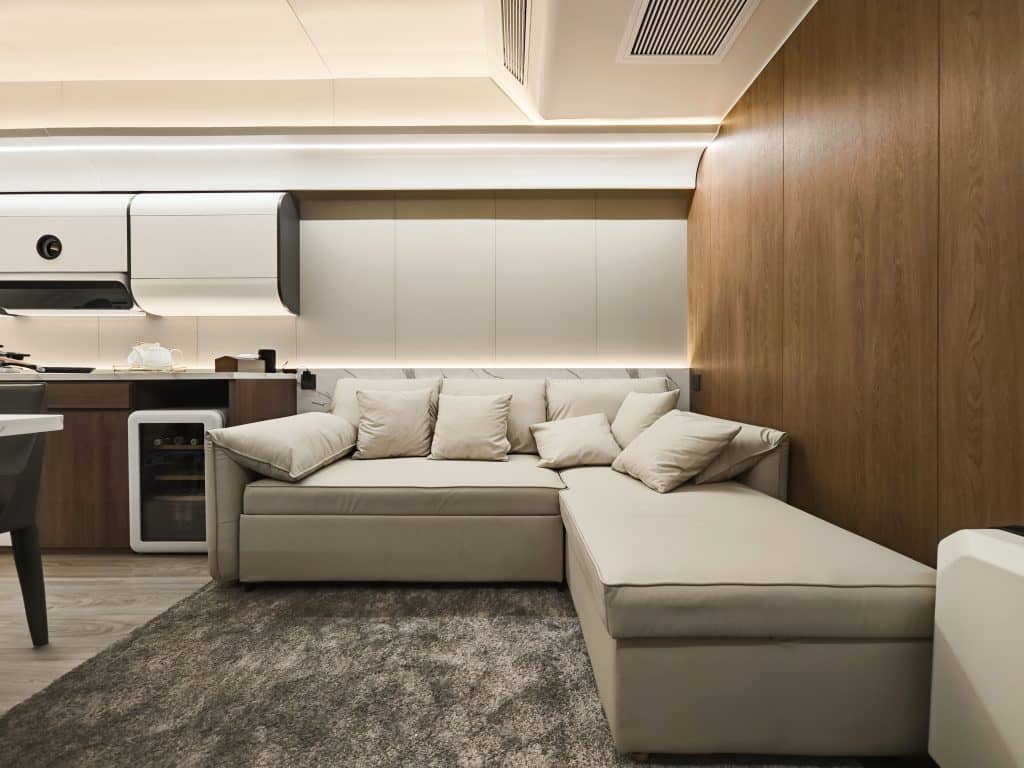
Living in a tiny home encourages a minimalist lifestyle, reducing the accumulation of unnecessary belongings and promoting a focus on what truly matters. Tiny homes are just what they sound like — small houses that are just big enough for everything you need. According to the International Code Council, tiny houses must be 400 square feet or less — and according to The Tiny House, they can be as small as 60 square feet in size. A tiny home can either be on wheels (sort of like a trailer) so that you can drive it around and park it in different places, or it can be a freestanding structure, with or without a foundation.
Tiny house living is so much more than wanting to feel like you’re in a walkup studio apartment in Manhattan. As explained by The Tiny Life, the whole tiny house thing has become a social movement, with people moving into the small homes for a number of interesting reasons. For example: it’s more affordable than a larger home; it has a relatively low environmental impact; and the small space forces inhabitants to embrace their inner Marie Kondo and get rid of unnecessary possessions.
3. Environmental Impact
Tiny homes have a smaller ecological footprint, using fewer building materials and requiring less energy to heat and cool. They often incorporate sustainable practices like solar panels and composting toilets. A tiny home requires fewer materials to build, takes up less land, uses less electricity, and produces fewer emissions.
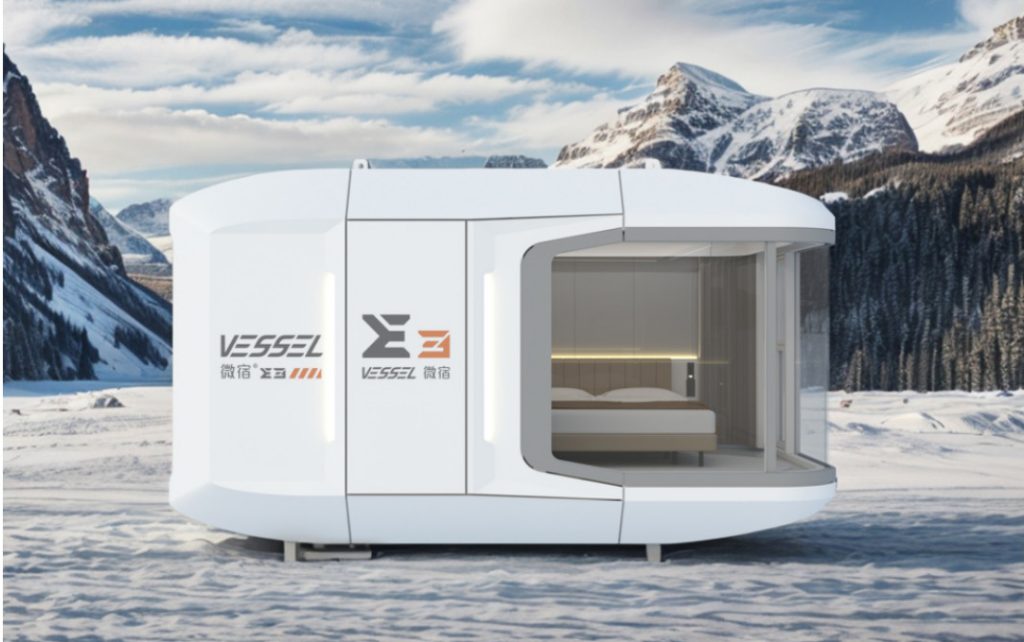
4. Mobility
Many tiny homes are built on trailers, allowing homeowners the freedom to move their home to different locations. This offers a unique level of flexibility and the ability to travel without losing the comforts of home. If your tiny home is on wheels, you’ll essentially be able to move where you live without moving all your stuff.

5. Simplified Maintenance
With less space to clean and fewer systems to maintain, tiny homes require less time and effort to keep in good condition. This can free up time for other activities and hobbies. The small space means you’ll have less space to clean, and you’ll probably stop buying items you don’t need.
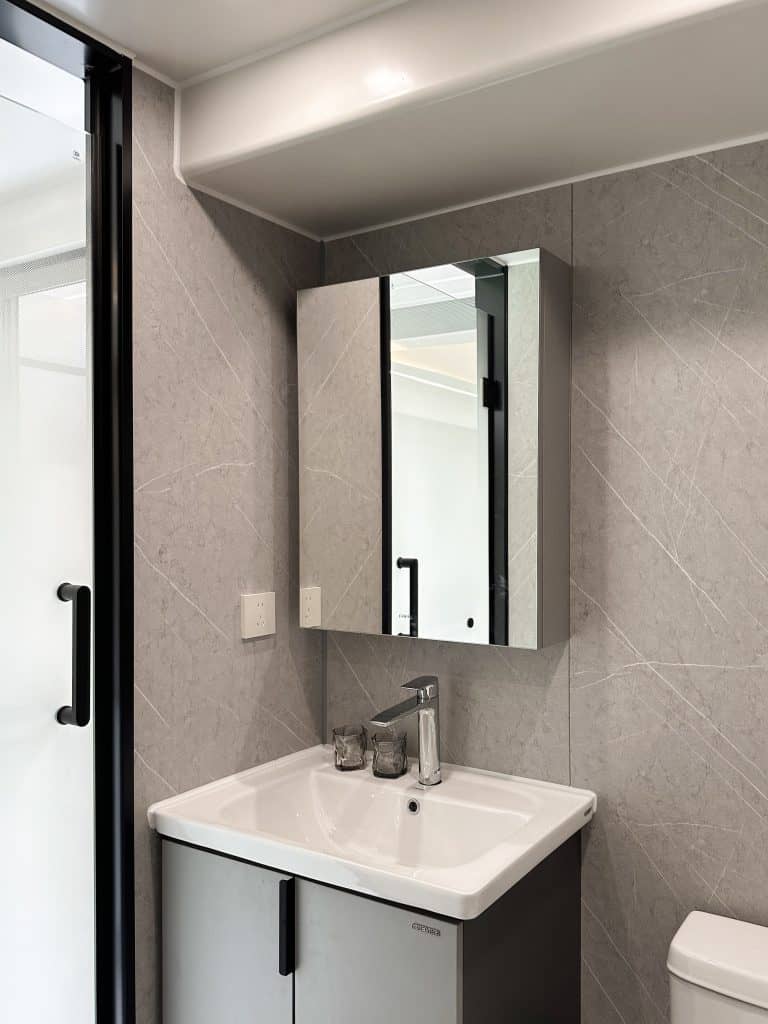
6. Financial Freedom
Lower housing costs can lead to reduced debt and greater financial independence. Many tiny homeowners are able to save more money or work fewer hours.

7. Creative Design
Tiny homes often feature innovative and efficient design solutions to maximize space and functionality. This can make living in a tiny home a unique and enjoyable experience.
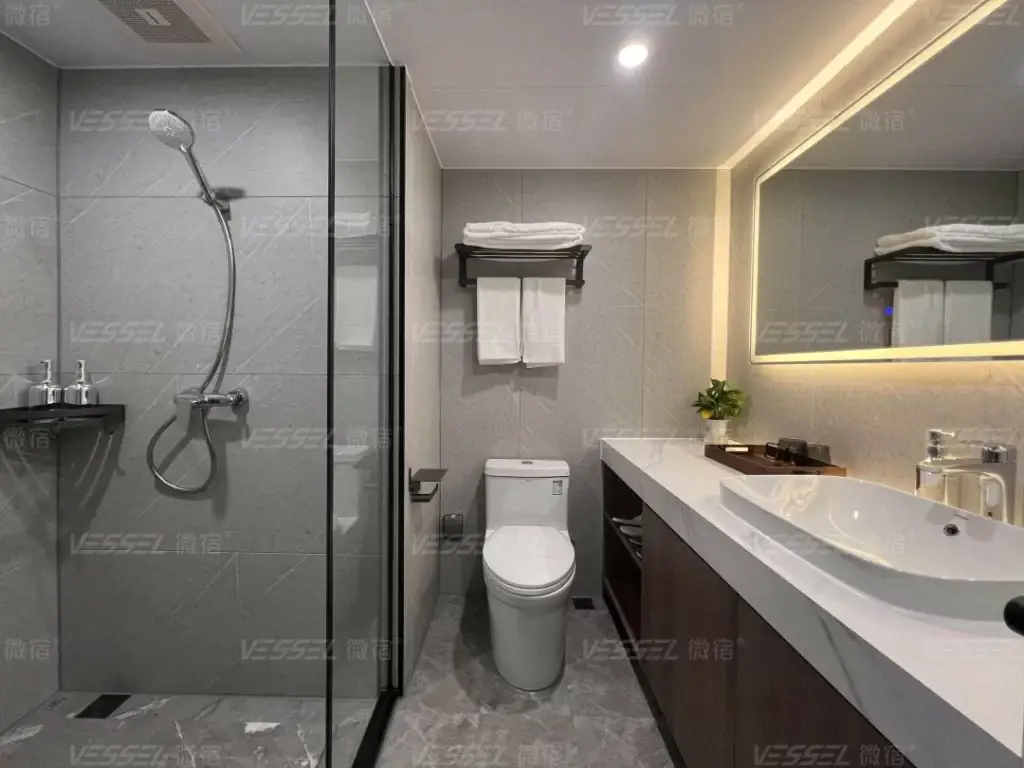
Legal Considerations
According to the Tiny House Society, laws governing tiny homes vary in different states, cities, and towns. There are a ton of regulations that must be adhered to — because no matter how tiny the home is, it still needs to be safe. The Tiny House Society recommends looking up the zoning regulations and building codes in the town where you want to build your tiny home to see if it will be feasible.
The building codes dictate various rules that your house must include. For example, Tiny House Society says that most places require: a minimum ceiling height of 6-feet-4-inches in bathrooms and 6-feet-8-inches in common areas; an emergency exit; a staircase or ladder up to any loft areas (which are pretty common in tiny houses); and at least one separate bathroom.
In terms of zoning regulations, Tiny House Society recommends personally contacting the zoning department in your town to find out what land is viable to build your house on. Tiny House Society is actually a great place to start your tiny house journey, since it has a ranking of all 50 states on a scale of 1 to 10, pertaining to how tiny house-friendly they are. Texas and Maine both came out on top, with a 9 out of 10 each — but keep in mind that laws vary by municipality or county in almost every state.
8. Connection with Nature
Tiny homes can be placed in a variety of settings, including rural or wilderness areas, allowing owners to live closer to nature and enjoy outdoor activities more easily.
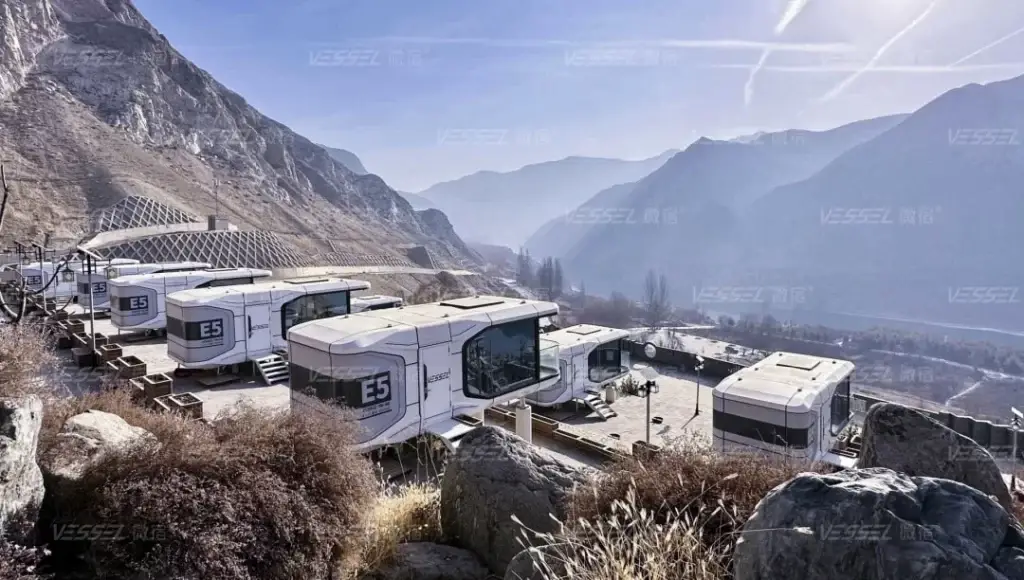
9. Community and Shared Resources
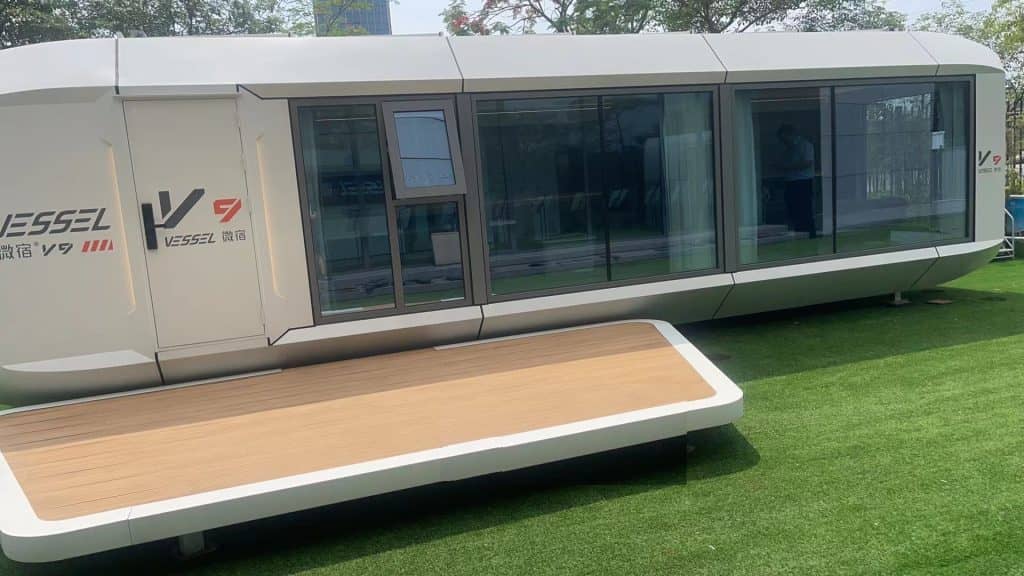
Many tiny home owners become part of communities that share resources and support each other. This sense of community can enhance the quality of life and provide a strong support network.
10. Downsizing and Simplifying Life
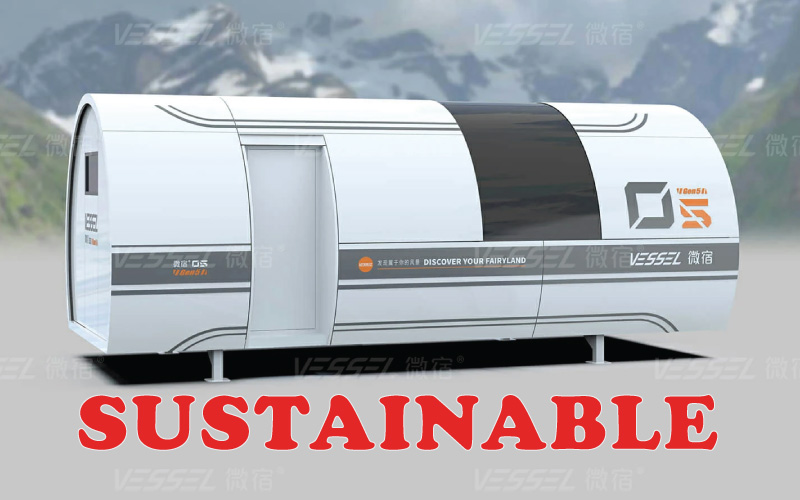
Owning a tiny home can be a step towards simplifying life and reducing stress. With less space, there’s less room for clutter, leading to a more organized and serene living environment.


